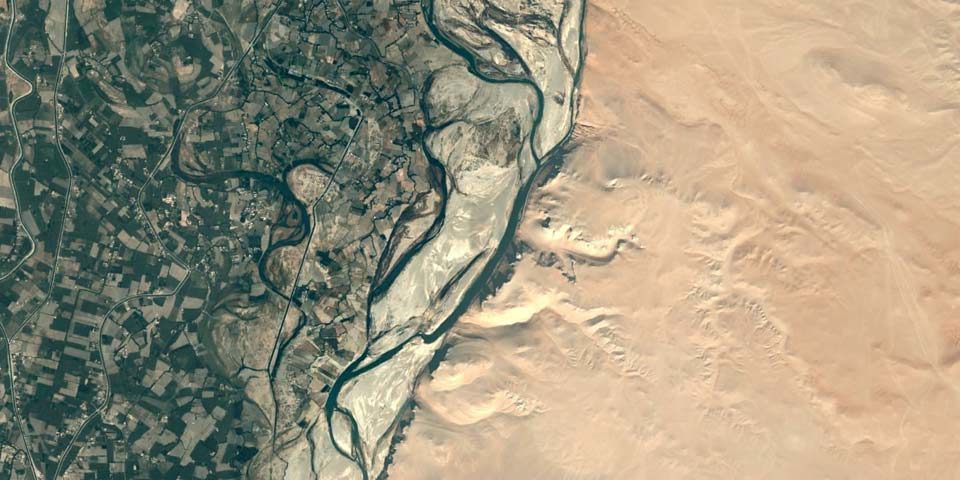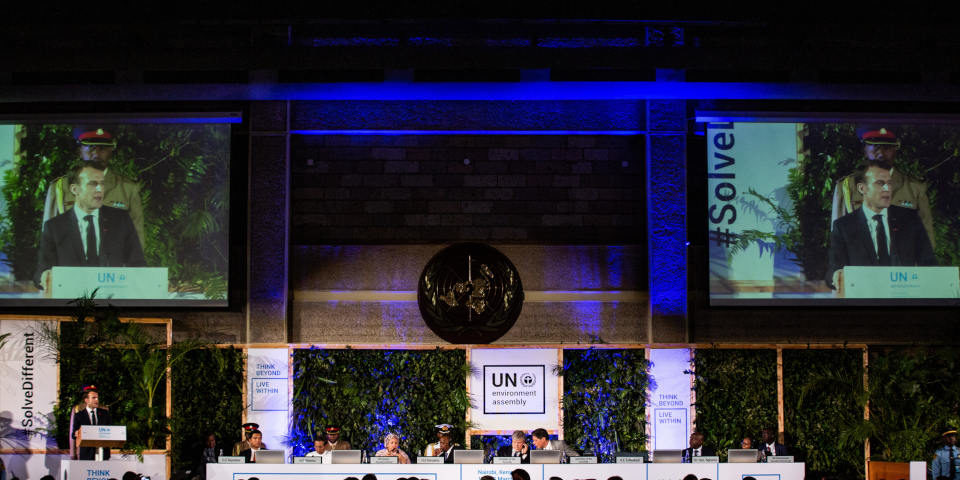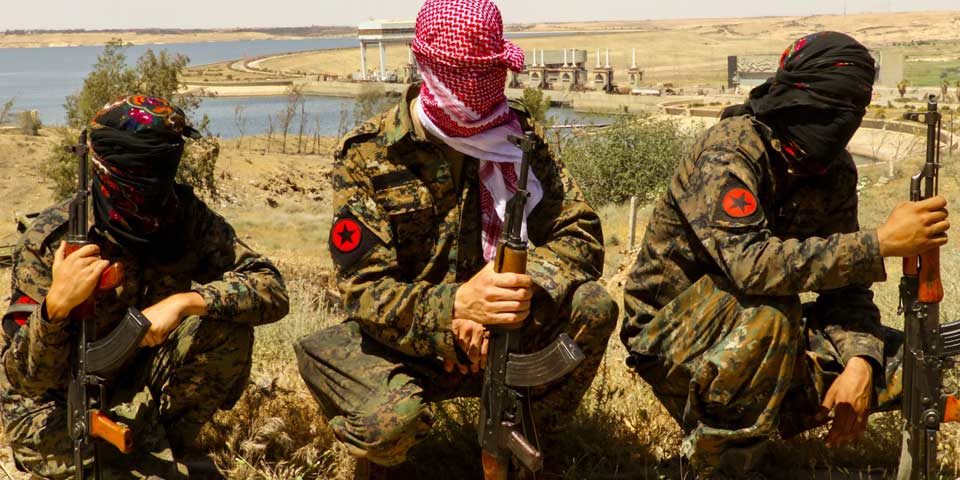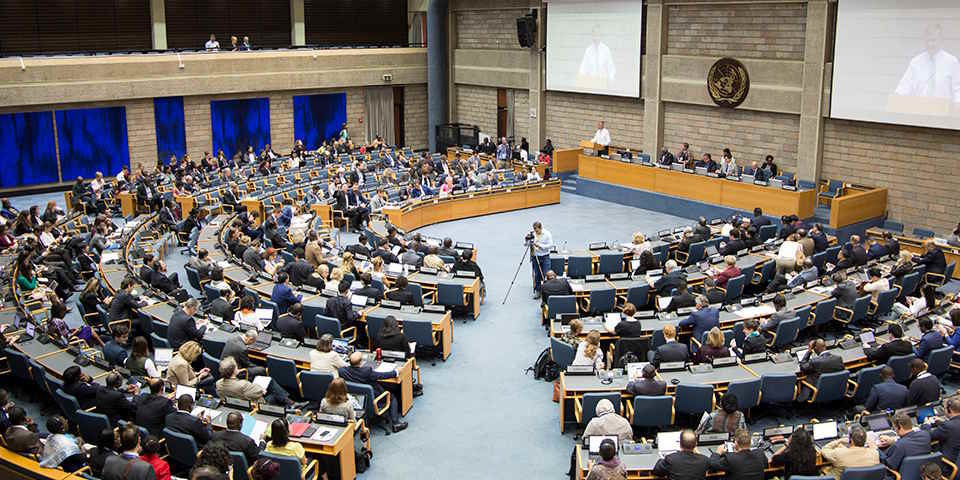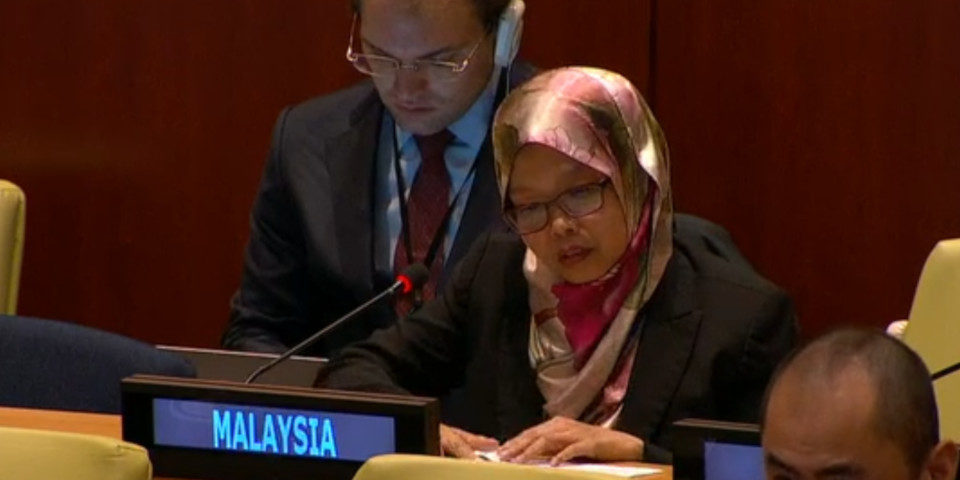A hazardous oil tanker has become a bargaining chip in the Yemen conflict
A dilapidated tanker with 1.14m barrels of crude oil has become a pawn in the conflict in Yemen. The potential for miscalculation leading to a spill that would cause serious harm to Red Sea ecosystems is significant. In this blog Doug Weir catches up with developments with the SAFER FSO one year on.


